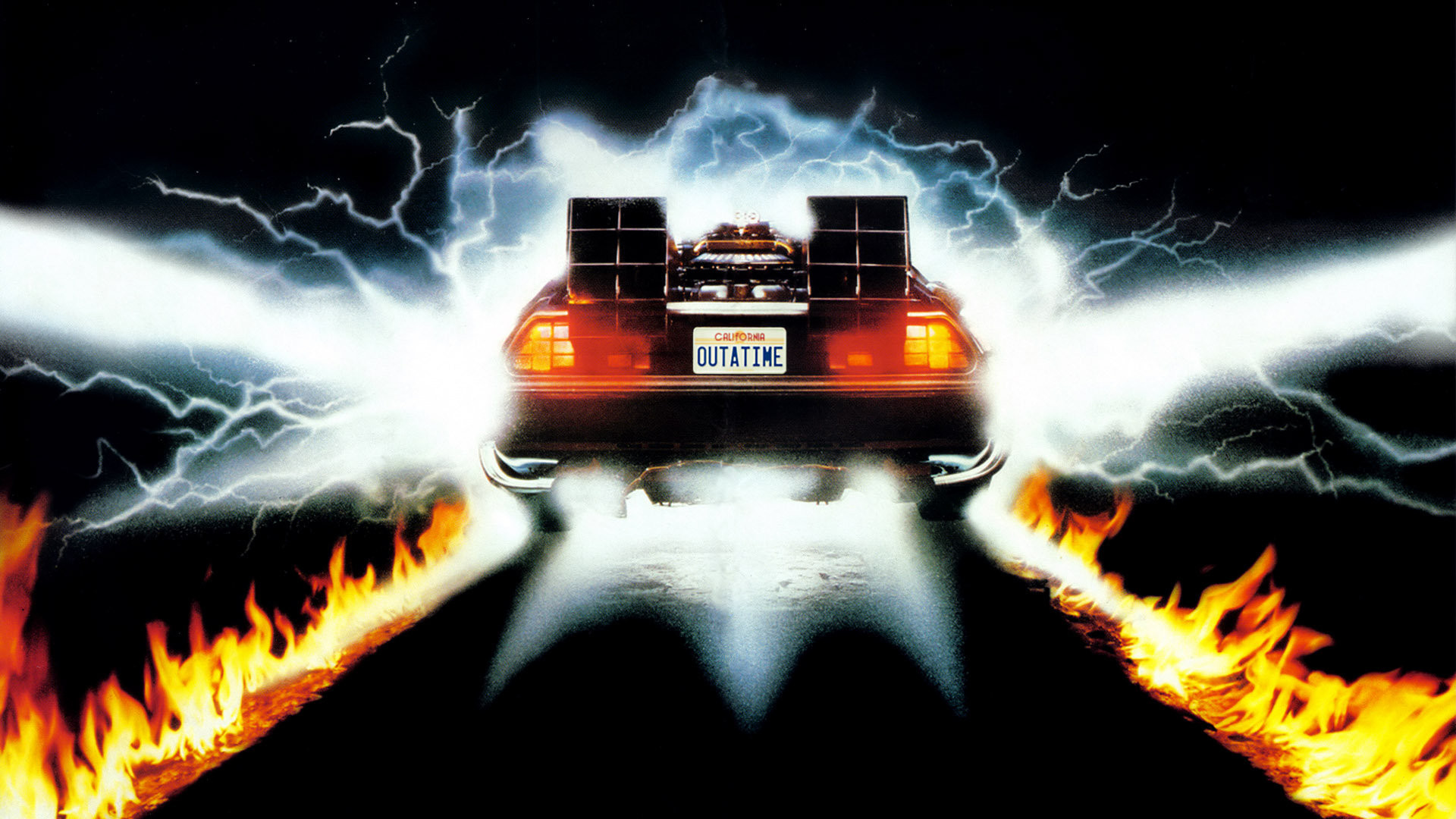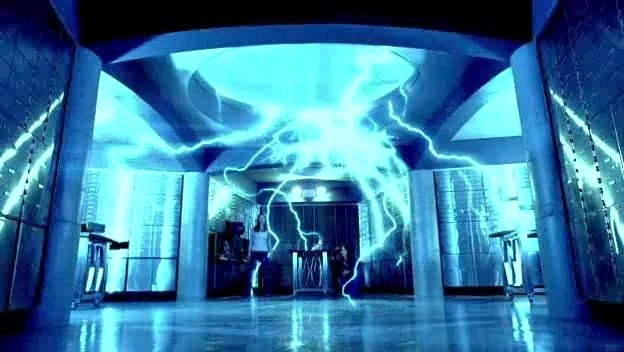Time travel has been a prominent theme within films and TV shows for decades, and why not? It allows us to explore the possibilities of things that could have drastically changed history and the course of the future. What if someone could travel back in time and give 17th century London the cure for the Black Plague? Will the world be under water in the year three thousand? The use of film and TV allows us to delve into the absurd and the fantastical via time travel:
Back to the Future dir. Robert Zemeckis (1985)

Time Travel Method: The use of a highly modified car, a DeLorean DMC -12 outfitted with a Flux Capacitor allowing time travel when a speed of eighty eight miles an hour has been achieved.
Time Travel Theory: Dynamic Timeline ÔÇô Whereby if a person alters events in the past, then the future is impacted e.g. interrupting your parents’ first date in the past, preventing your own birth and eventual trip back to the past. As a result you also never interrupt your parents and are born again, only to repeat this process creating a time paradox. Confusing huh?
Back to the Future is a film that needs little introduction, but for those of you who haven’t seen it, shame on you. This film follows teen Marty McFly (Michael J. Fox) as he is thrown back into the 1950’s where, after disrupting a younger version of his parents first date, he must secure his existence by making them fall in love.
Whilst the scope of time travel here is not as grand as curing a historical disease, the film does explore the interesting notion of disrupting the past. Another plus factor the film has is that, out of all the possible time travel methods, there is nothing more sophisticated than travelling about in a modified DeLorean. Forget bulky pieces of machinery; if it’s high performance and high style time-cruising you want then look no further. The only flaw of BTTF is that neither parents recognise Marty from the past when they interact with him in the present day – it seems a little too convenient. Not to mention a tiny change in the past can create a radically different future.
Terminator 2: Judgment Day dir. James Cameron (1991)

Time Travel Method: Use of Time Displacement Equipment or TDE which allows living tissue to be sent forwards and backwards in time.
Time Travel Theory: Multiverse ÔÇô Alternate timelines exist. Therefore travelling back in time creates a divergent timeline separate from the original, because of this the person who has travelled back can do what they want without consequence as only the new timeline will be affected.
Another film which utilises the concept of time travel in a way that poses interesting possibilities is Terminator 2: Judgment Day. This sequel follows a young John Connor (Edward Furlong) who is the key to mankind’s victory over a future robot uprising but also a target of a shapeshifting assassination robot. Fortunately he is protected by a modified T-800 robot, but you probably know it as Arnold SchwarzeneggerÔǪ
An interesting aspect of this film is that it raises questions such as the use of time as weapon for both good and evil, as well as the implications of giving machines artificial intelligence which supersedes our own. In relation to time travel itself, the machine used comes with a lot of pros and cons. The TDE is not portable and therefore can be exploited by those who would use it to cause harm, or in this case the enslavement of mankind. It also renders the user totally naked, making them a clear target and awfully exposed to gusts of wind. However it is a reliable form of time travel as it allows the user to alter the past with no consequence to themselves.
Overall it boils down to a question of style over reliability. Personally I know which I’d choose. All I have to say is ÔÇÿhasta la vista, baby’.



